The Smith machine is a fixed-barbell system that moves along a guided track. It offers extra stability and safety, making it ideal for training alone, isolating muscles, or fine-tuning your form without needing a spotter.
Why Train with the Smith Machine?
While often underrated, the Smith machine has unique strengths:
- Built-in Safety: No spotter needed — just rack and go.
- Stability: Perfect for isolation lifts and strict form.
- Progressive Overload: Easy to load up and focus on output.
- Confidence Booster: Great for learning movements under control.
Smith Machine vs Other Equipment
Here’s how it compares to other gear:
- Barbells: More freedom of movement, but less stability and safety.
- Dumbbells: Better for unilateral training, but harder to balance heavy loads.
- Machines: Similar in safety, but Smith allows more barbell-like mechanics.
- Cables: Great for angles and tension, but not ideal for big lifts.
The Smith machine fills the gap between free weights and fixed-path machines — offering a hybrid experience.
Getting Started Safely
Even though it’s guided, proper setup and form still matter:
- Adjust your foot placement depending on the lift (e.g. slightly forward for squats).
- Use the safety stops to set depth limits.
- Focus on controlled tempo, especially on accessory lifts.
- Don't assume it's "cheating" — it's just a different tool.
Programming Smith Machine Workouts
Use the Smith machine for everything from compound movements to isolation exercises. Common uses:
- Lower Body: Squats, lunges, calf raises.
- Upper Body: Bench press, shoulder press, upright rows.
- Accessory Work: Hip thrusts, shrugs, close-grip presses.
It’s especially useful for drop sets, burnouts, and solo training days.
Stable. Safe. Still savage.
Not worse — just different. It's great for control, safety, and overload. Free weights offer more functional carryover.
Absolutely. You can lift heavy and push close to failure safely, especially for hypertrophy.
Yes — it's a safe place to learn movement patterns and build confidence without needing a spotter.

_Hips_small.png)
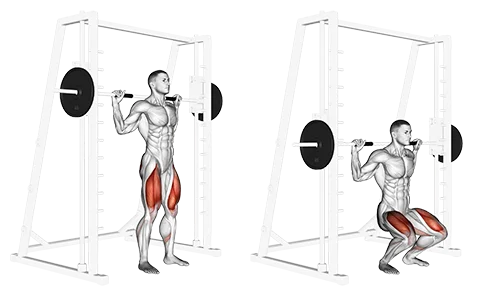
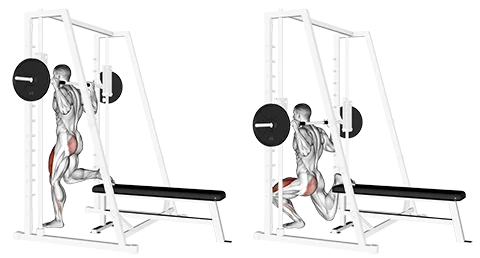
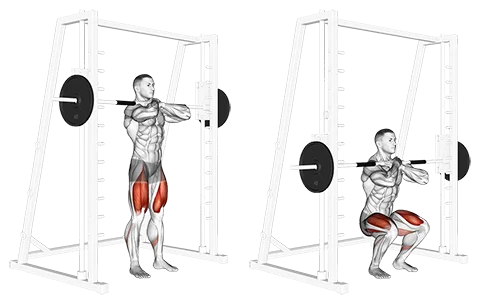
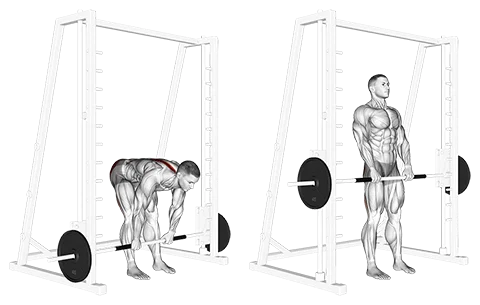
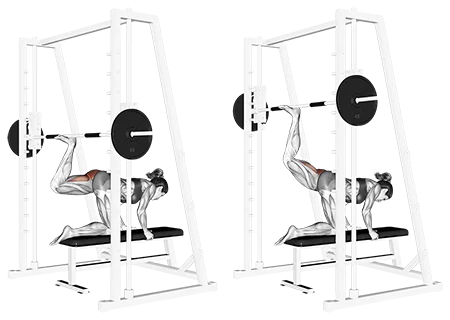
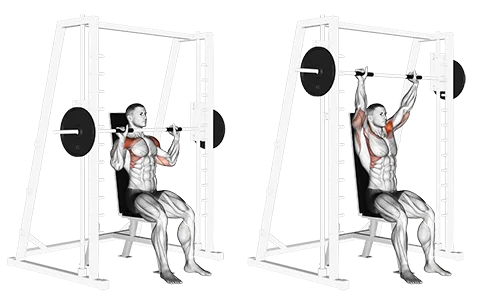
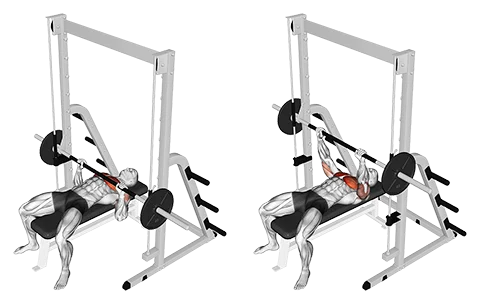
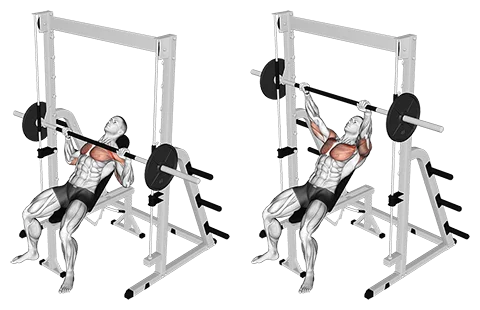

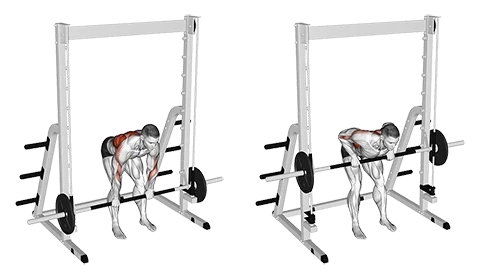
_Calves_small.png)